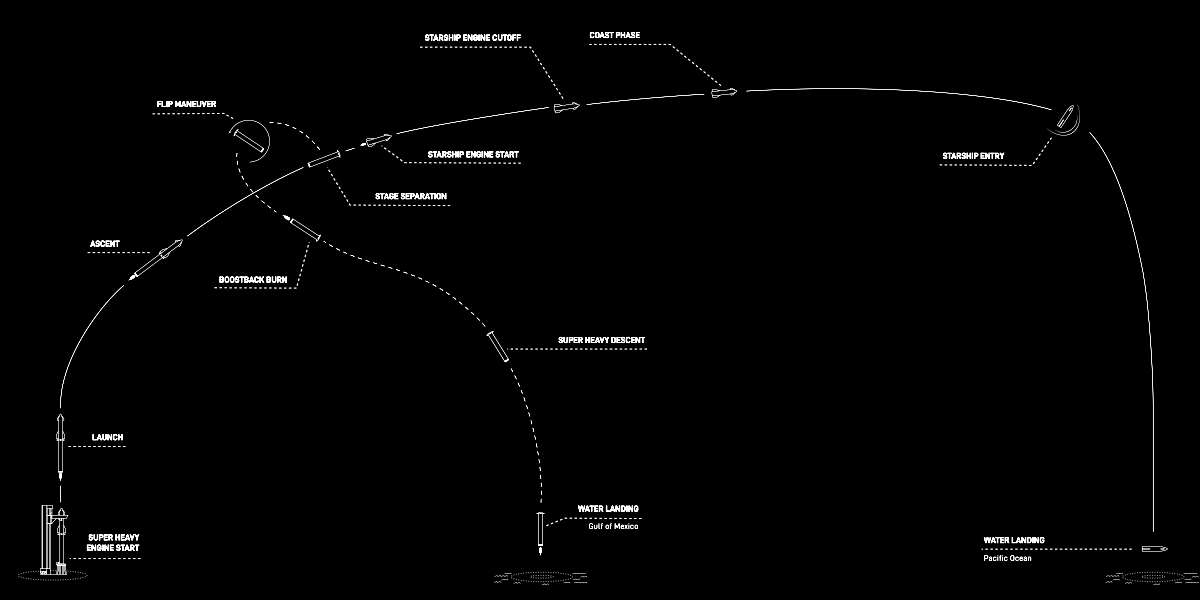
SpaceX is ready but the federal government says “No!”
We’re from the government and we’re here to help! In describing the effort of Senator Ted Cruz (R-Texas) to help SpaceX prod the federal bureaucracy into approving a new launch license for the company’s Starship/Superheavy rocket, space writer Mark Whittington included this significant but not previously mentioned tidbit that might help us predict when Fish & Wildlife (FWS) might finally give its okay for a launch:
The FWS has as long as 135 days to complete its review.
Let’s review the situation to understand what this tidbit means. At present it appears the FAA is ready to issue a launch licence, having closed its own investigation into the April Starship/Superheavy test flight on September 8, 2023.
At the time the FAA however was very clear: No launch license until Fish & Wildlife gave its environmental approval as well. Never before had this environmental agency had veto power over launches, but under the Biden administration it now has it.
Though Fish & Wildlife could have begun its own investigation in April, and met the 135-day deadline to give its approval for a launch the same time as the FAA, in September, it now appears that it did not start its clock ticking until after the FAA closed its work. If so, it appears Fish & Wildlife has until early January to complete its investigation.
Since FWS admitted in April, right after the failed test launch of Starship/Superheavy, that it caused no harm to wildlife, there appears no reason for this long delay.
The delay therefore can only be for two reasons, neither good. Either the people at Fish & Wildlife are utterly incompetent, and need eight months to write up the paperwork (even though in April they already knew that there was no reason to delay), or they are vindictive, power-hungry, and wish to exercise an animus against SpaceX in order to hurt the company.
Mostly likely we are seeing a combination of both: The bureaucrats at Fish & Wildlife are incompetent and hate SpaceX, and are using their newly gained power over issuing launch licenses to hurt it.
Either way, if Fish & Wildlife uses its entire 135-day window to issue its launch approval to SpaceX, no launch can occur this year. SpaceX will be stymied, and the development of this new heavy-lift reuseable rocket, possibly the most important new technology in rocketry ever, will be badly crushed. Not only will NASA’s Artemis program be damaged (it wants Starship as its manned lunar lander), SpaceX might face huge financial loses, as it needs Starship to launch and maintain its Starlink communications constellation.






